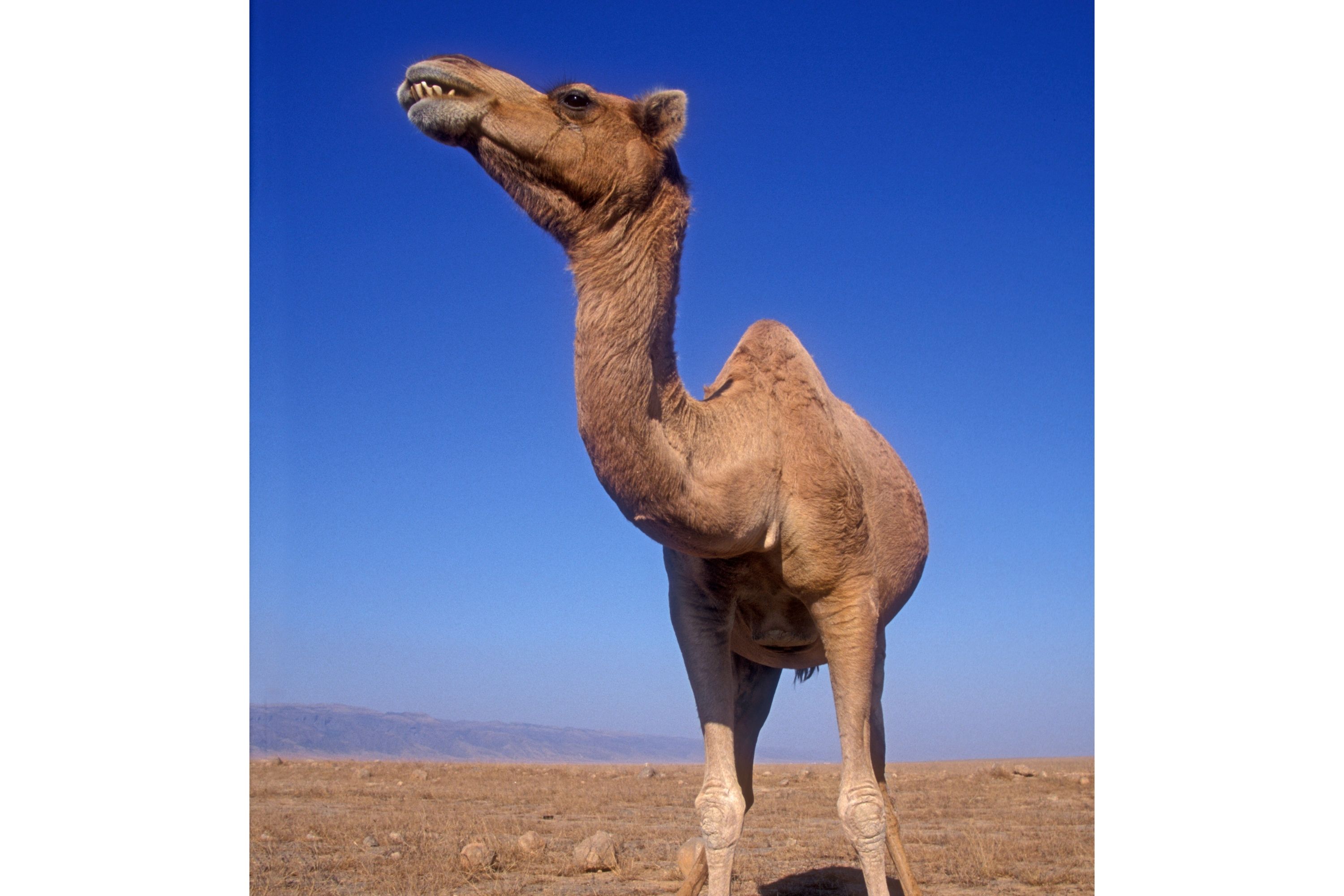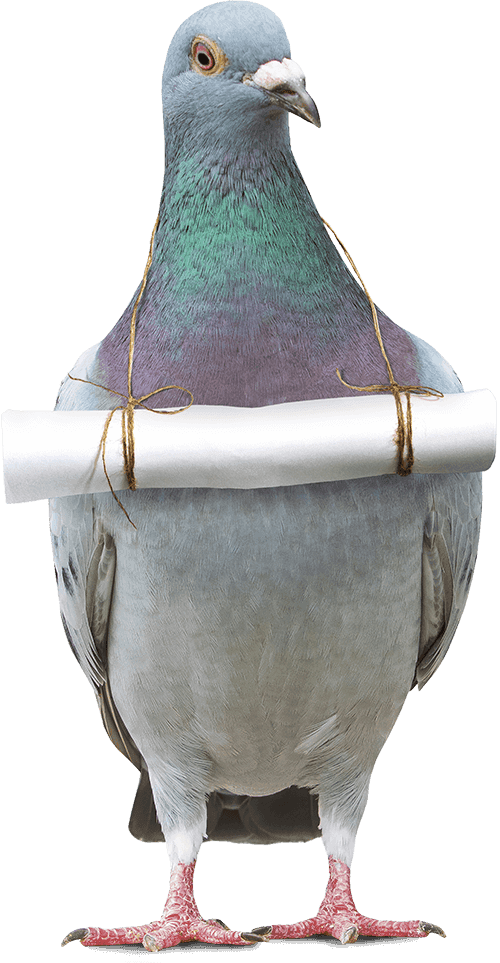Dromedary
(Camelus dromedarius)

Description
The dromedary (Camelus dromedarius), also known as the dromedary camel, Arabian camel, or one-humped camel, is a large even-toed ungulate, of the genus Camelus, with one hump on its back. It is the tallest of the three species of camel; adult males stand 1.8-2 m (5 ft 11 in-6 ft 7 in) at the shoulder, while females are 1.7-1.9 m (5 ft 7 in-6 ft 3 in) tall. Males typically weigh between 400 and 600 kg (880 and 1,320 lb), and females weigh between 300 and 540 kg (660 and 1,190 lb). The species' distinctive features include its long, curved neck, narrow chest, a single hump (compared with two on the Bactrian camel and wild Bactrian camel), and long hairs on the throat, shoulders and hump. The coat is generally a shade of brown. The hump, 20 cm (7+7⁄8 in) tall or more, is made of fat bound together by fibrous tissue. Dromedaries are mainly active during daylight hours. They form herds of about 20 individuals, which are led by a dominant male. They feed on foliage and desert vegetation; several adaptations, such as the ability to tolerate losing more than 30% of its total water content, allow it to thrive in its desert habitat. Mating occurs annually and peaks in the rainy season; females bear a single calf after a gestation of 15 months. The dromedary has not occurred naturally in the wild for nearly 2,000 years. It was probably first domesticated in the Arabian Peninsula about 4,000 years ago and its wild range seems to have been restricted to the peninsula. The domesticated dromedary is generally found in the semi-arid to arid regions of the Old World, mainly in Africa and the Arabian Peninsula, and a significant feral population occurs in Australia. Products of the dromedary, including its meat and milk, support several North African tribes; it is also commonly used for riding and as a beast of burden. The extinct Protylopus, which occurred in North America during the upper Eocene, is the oldest and the smallest-known camel. During the transition from Pliocene to Pleistocene, several mammals faced extinction. This period marked the successful radiation of the Camelus species, which migrated over the Bering Strait and dispersed widely into Asia, eastern Europe and Africa. By the Pleistocene, ancestors of the dromedary occurred in the Middle East and northern Africa. The modern dromedary probably evolved in the hotter, arid regions of western Asia from the Bactrian camel, which in turn was closely related to the earliest Old World camels.
Taxonomic tree:







